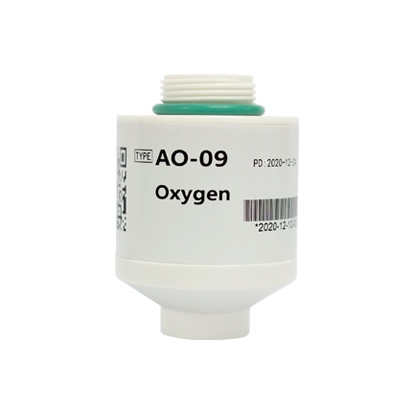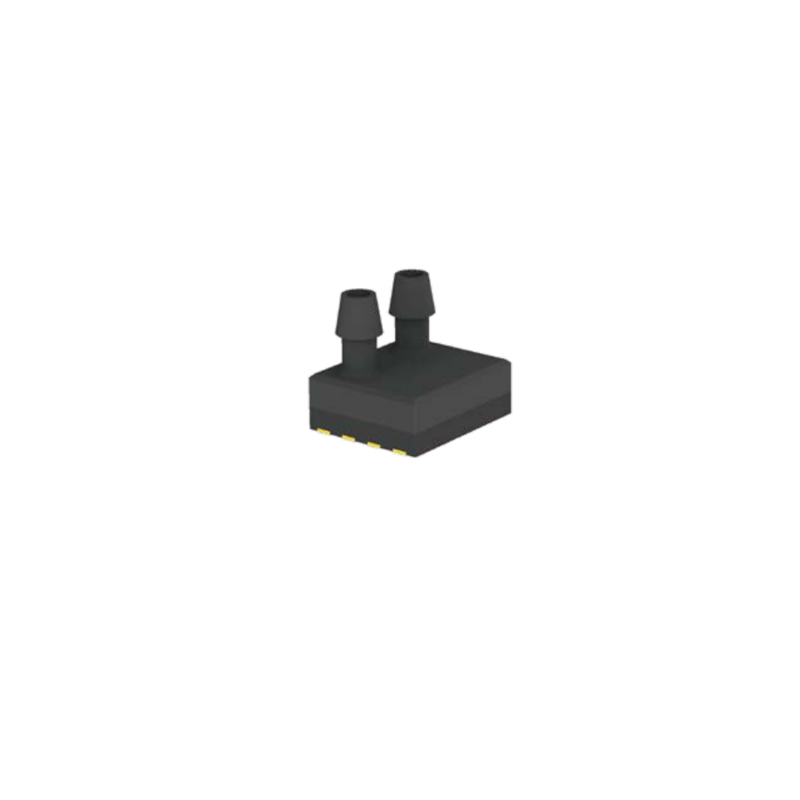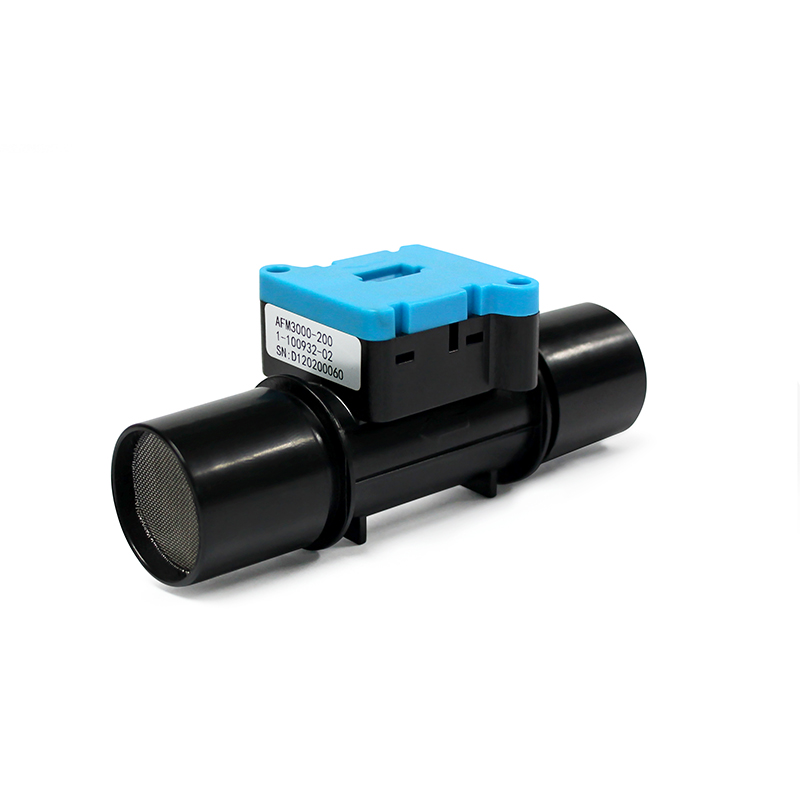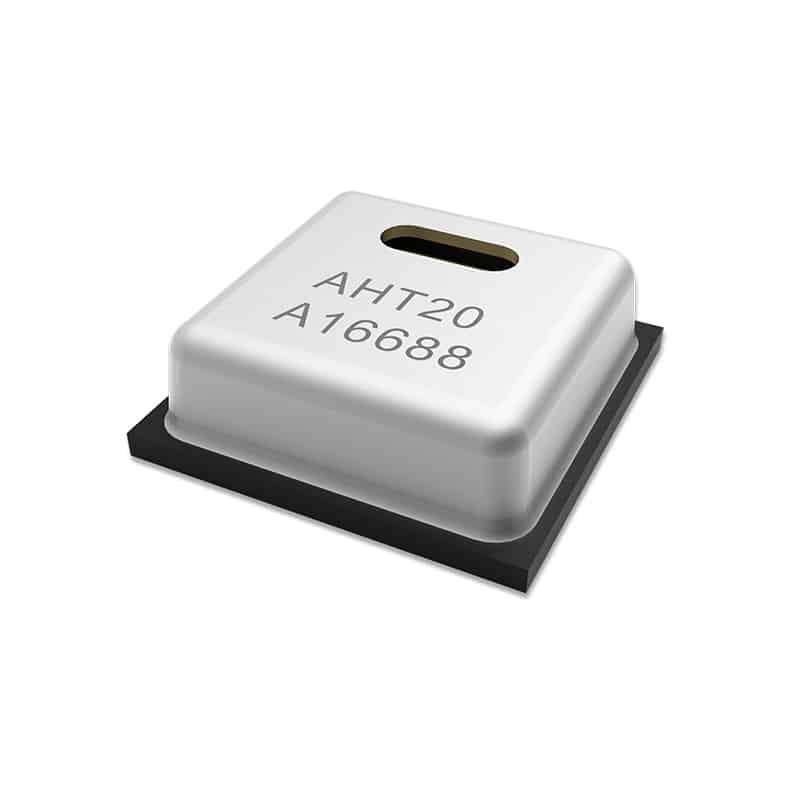Since 2020, due to the rapid spread of new coronary pneumonia overseas, the demand for ventilator products, one of the important medical equipment required for patient treatment, has exploded in the global market.
As an effective means to artificially replace the function of spontaneous ventilation, the ventilator has been widely used in respiratory failure caused by various reasons, including anesthesia and respiratory management during major surgery, respiratory support treatment, and emergency resuscitation, and occupies an important place in the field of modern medicine. Very important location. At the same time, more and more home ventilators are being used to improve sleep apnea syndrome.
Patients will encounter common problems when using a ventilator, such as suffocation, cold airflow, slight irritation to the nose, etc. Breath suffocation is especially felt in patients with sleep apnea. In the case of manual adjustment of the pressure value, the feeling of holding your breath is usually because the inspiratory and expiratory pressure of the ventilator is not adjusted properly, affecting normal ventilation.
A ventilator has thousands of components; the core components involve turbine fans, sensors, chips, etc. Among them, the flow sensor, oxygen sensor, and differential pressure sensor are mainly used to monitor the pressure, flow, and concentration of the patient’s breathing oxygen. Automatically adjust the output volume.
Oxygen concentration monitoring
Oxygen concentration alarm is an alarming phenomenon with a high probability of occurrence during clinical use. Almost all modern ventilators have the monitoring function of inspired oxygen concentration. Connect the AO-09 medical oxygen sensor of Aosong Electronics to the oxygen test terminal, the oxygen concentration can be automatically tested, and an electrical signal can be output, which is transmitted to the oxygen analyzer and linked with the ventilator to help the patient control the inhaled oxygen concentration.

Gas differential pressure monitoring
To make the patient breathe naturally and smoothly when using the ventilator, a differential pressure sensor is generally installed in the ventilator to monitor the pressure difference of the breathing gas. AD200 is a digital differential pressure sensor independently developed by Aosong Electronics. It is connected to the microprocessor to monitor the air pressure to make judgments on inhalation and exhalation and then control the air intake pump to increase or decrease the pressure in the tube so that The patient does not experience resistance.

Gas flow monitoring
At the same time, the ventilator also needs to install a gas flow sensor to monitor the gas flow of the patient’s breathing to determine the patient’s breathing rhythm during sleep. The ventilation speed of the ventilator can be controlled according to the speed of the patient’s breathing so that the patient’s breathing and intake frequency are consistent, and the workload of the intake pump can be effectively reduced, saving energy. AFM3000 Gas Flow Sensors from Auson Electronics are designed for ventilator applications and accurately measure the flow of air, oxygen, and other non-aggressive gases. The special design in the air duct makes the pressure loss of the fluid passing through the sensor very low, making its performance suitable for various harsh application scenarios.

Temperature and humidity control of gas
At the beginning of the treatment mode, the patient will feel a cold airflow and slight irritation to the nose. This problem is relatively more common in winter because the dry and cold air enters the nasal cavity through the ventilator. A temperature and humidity sensor is installed in the ventilator to adjust the temperature and humidity of the gas to provide comfortable gas for the patient. The AHT20 temperature and humidity sensor of Aosong Electronics are embedded in a dual-row flat no-lead SMD package suitable for reflow soldering. It is small, with a bottom surface of 3 x 3mm and a height of 1.0mm. It is convenient to measure the temperature and humidity of the air in the pipeline and output. The calibrated digital standard I2C signal is transmitted to the control unit to adjust the temperature and humidity of the incoming gas to ensure that the delivered gas is warm and humid and will not feel cold and irritating.

